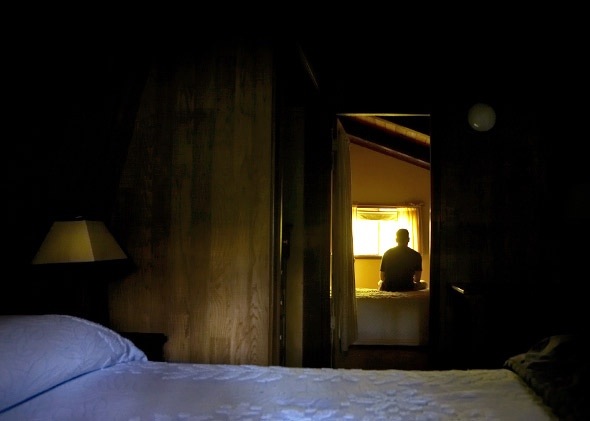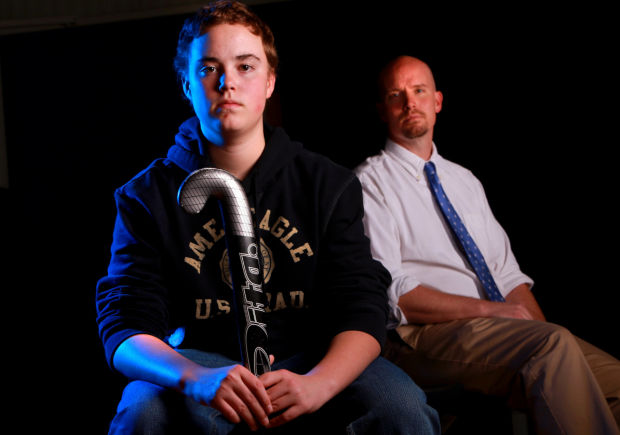An excerpt from THIS article: http://www.openmarket.org/2014/05/21/punishment-first-trial-later-or-never-the-education-departments-investigation-of-tufts-university/
by HANS BADER on MAY 21, 2014 ·
Imagine if you could be expelled from your dorm, or a class, just because someone accused you of something — even if the accusation was so weak or thinly-grounded that it never even led to a disciplinary hearing against you, or the complainant was unwilling to even let you have the opportunity to clear your name. Such “interim measures” by colleges seem to be what the Education Department recently required of Tufts University in Massachusetts, as a condition of settling a Title IX investigation against it after it found a student not guilty of sexually assaulting a classmate who denied those charges, after he convinced it that the complainant was not credible and had clearly lied about her medical history. If Tufts didn’t agree to the settlement, the Education Department could have cut off all federal funds to the University — millions of dollars — and all federal financial aid to its students could have been terminated. So the settlement was not exactly voluntary. (Tufts tried to back out of the settlement, but knuckled under due to adverse publicity and the risk of huge financial losses.)
The Education Department’s demands violate due process rights. Although Tufts is a private university, the government cannot force a private institution to take an action that would constitute a due process violation if engaged in by a government institution. See Merritt v. Mackey (1987).
The settlement, on page 9, paragraph 15, requires an “an explicit assurance that the University provide interim measures during the course of a complaint, or a university-initiated investigation; an explicit statement that interim measures are available even if the complainant does not file or continue to pursue a complaint.” But taking “measures” against someone can violate due process even when the measures are not criminal and designed to protect the complainant rather than harm the accused, especially when the measures are not brief and limited to the time needed for a prompt hearing on whether the accused really is guilty or innocent. (For example, in Sacharow v. Sacharow, the New Jersey Supreme Court ruled that a father accused of domestic violence had a right to defend himself before his ex-wife was put into the Address Confidentiality Program, which would have made it more difficult for him to maintain his relationship with his child. In Tyree v. Evans, the D.C. Court of Appeals ruled that a man was entitled not only to the opportunity to defend himself against domestic violence charges before a year-long restraining order could be granted to his accuser, but also the ability to cross-examine her.)
What are these “interim measures” the Education Department speaks of? As explained below, it includes things like excluding the accused from a classroom or dorm he shares with the accuser. So applying such interim measures even if the complainant does not file or continue to pursue a complaint could result in them continuing indefinitely, and could result in the accused being excluded from classes or dormitories without ever having any opportunity to defend himself, in blatant violation of the Constitution’s due process clause.Disturbingly, the Education Department’s Letter of Findings never even discussed the possibility that the accused student might be innocent, as the university fact-finder found, even as it asserted, without any analysis of the evidence, that the lack of measures against the accused “resulted in the continuation of a sexually hostile environment for the Student.” (pg. 23). Instead, it complained that the university allowed in potentially exculpatory evidence, rather than rigidly applying deadlines or exclusionary rules, writing that “The University allowed consideration of the Student’s medical history, contrary to the applicable policies, even after the Accused was found to have obtained the Student’s confidential medical information by misrepresenting himself as a University medical student; and the University repeatedly modified existing procedures in a manner that benefited the Accused, including by allowing the Accused to submit an Addendum to his response on July 28, 2011, and allowing him to include details of the Student’s sexual history” (pp. 21-22). The way the accused obtained the complainant’s medical information would certainly be a basis for disciplining him for invasion of privacy, but not for finding sexual harassment, much less blaming the college (or finding a Title IX violation), since if the accused was innocent of sexual harassment and assault, he by definition can’t have created a “sexually hostile environment” for her.
Read the rest HERE



